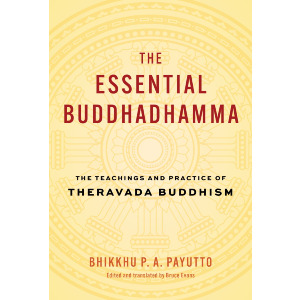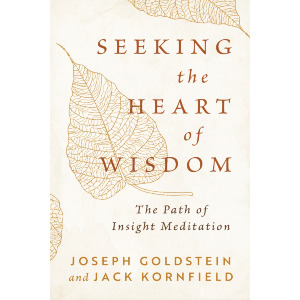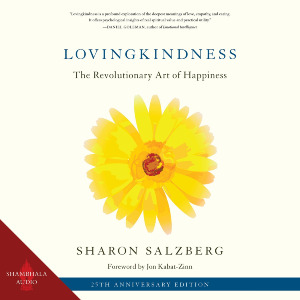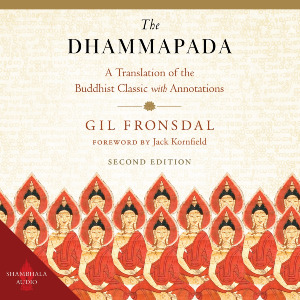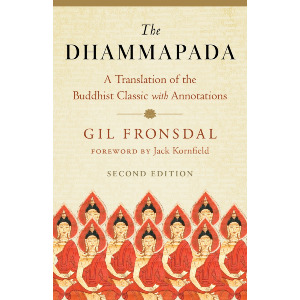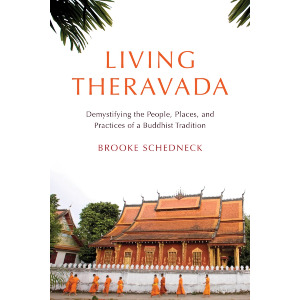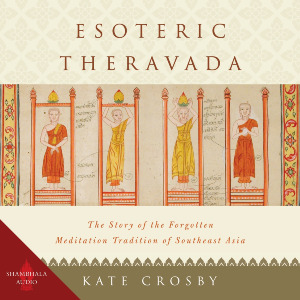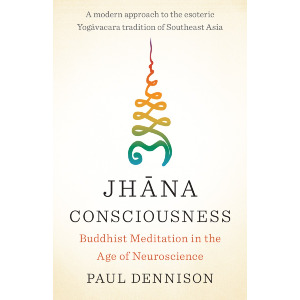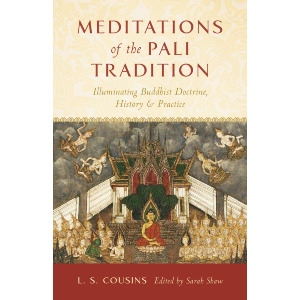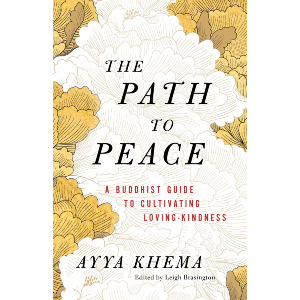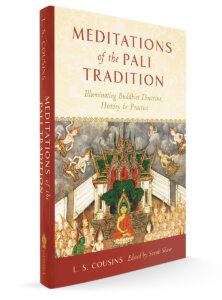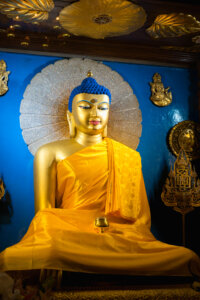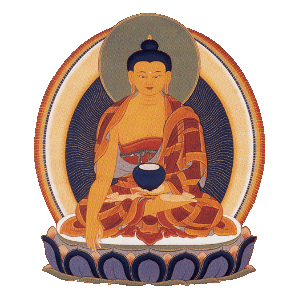Dr. Sarah Shaw reads from The Art of Listening: A Guide to the Early Teachings of Buddhism, a modern classic on understanding how to connect with the Pali suttas.
The Dīghanikāya or Long Discourses of the Buddha is one of the four major collections of teachings from the early period of Buddhism. Its thirty-four suttas (in Sanskrit, sutras) demonstrate remarkable breadth in both content and style, forming a comprehensive collection. The Art of Listening gives an introduction to the Dīghanikāya and demonstrates the historical, cultural, and spiritual insights that emerge when we view the Buddhist suttas as oral literature.
Each sutta of the Dīghanikāya is a paced, rhythmic composition that evolved and passed intergenerationally through chanting. For hundreds of years, these timeless teachings were never written down. Examining twelve suttas of the Dīghanikāya, scholar Sarah Shaw combines a literary approach and a personal one, based on her experiences carefully studying, hearing, and chanting the texts. At once sophisticated and companionable, The Art of Listening will introduce you to the diversity and beauty of the early Buddhist suttas.
SEE ALL VIDEOS


